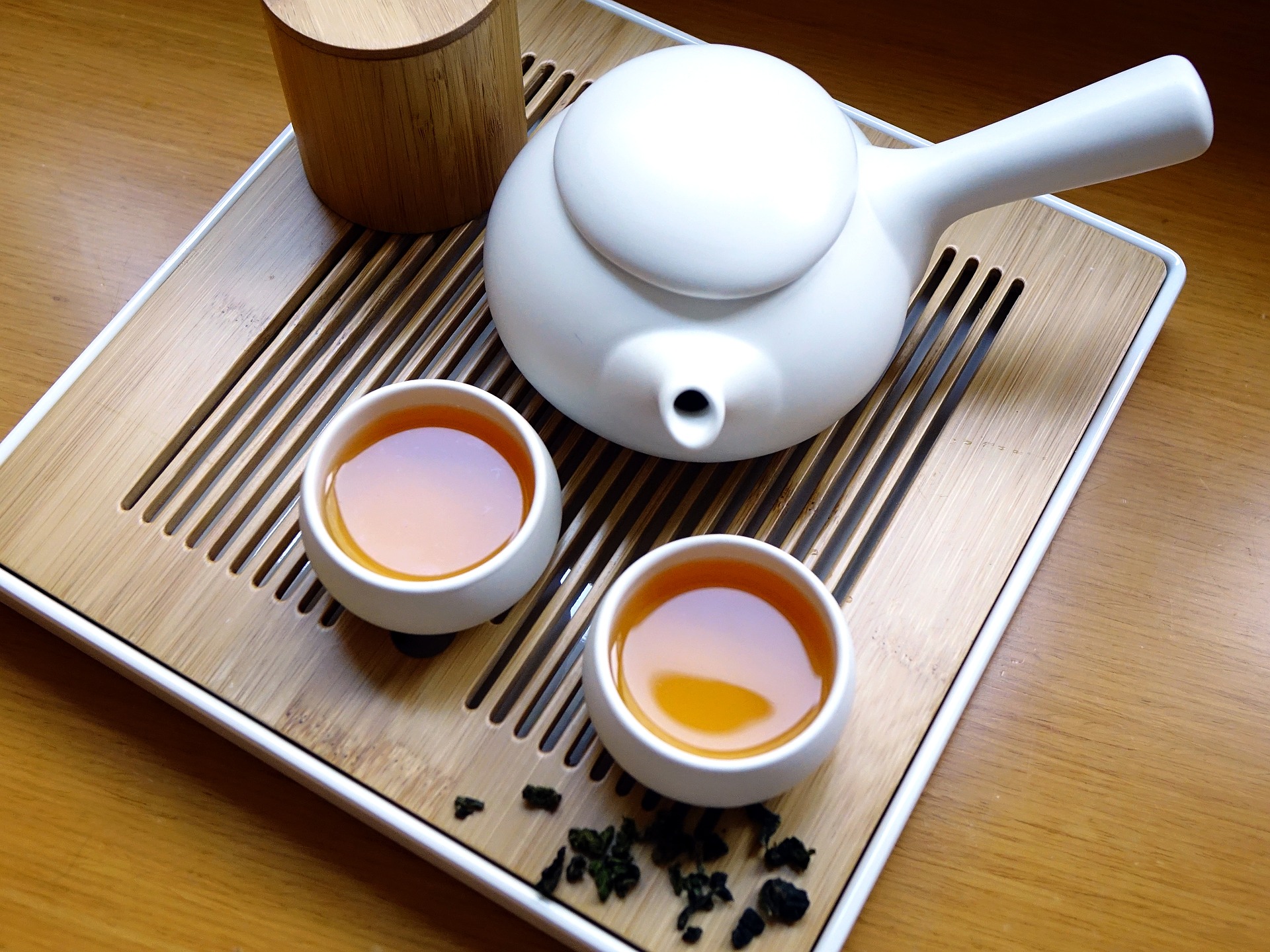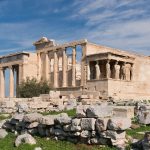From Imperial China to the Boston Tea Party, here’s how tea has become a part of the cultural fabric of countries around the globe.
From the origins of tea in China and India to becoming a defining characteristic of British life and igniting the American Revolution, tea has a very special place in history. Indeed, not many consumable goods have changed the course of a country’s history or come to define its culture. To pay homage to this brilliant beverage, let’s take a closer look at where it came from centuries ago, how it spread around the world, how it came to define an act of rebellion in the modern era, and the drink’s lasting impact on culture to this day.
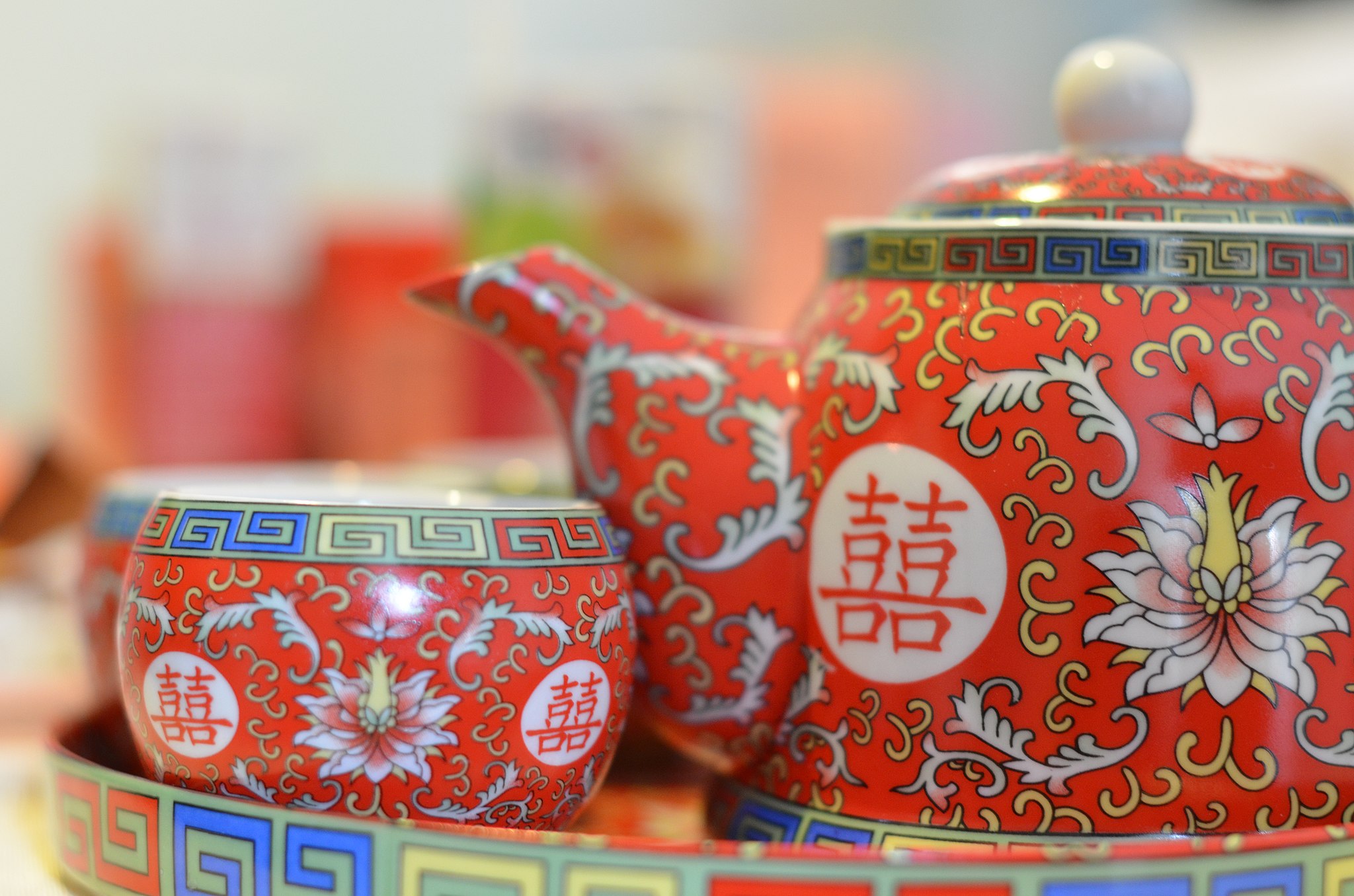
China
The origins of tea are shrouded in legends and mystical tellings. One such legend is that of Shen Nung, or Shennong, a Chinese emperor who was boiling drinking water when leaves from a nearby tea shrub blew into his pot. He drank the mixture, and tea was born.
From then on, tea became an important part of Chinese culture:
- Age of Confucius (c.551-479 BC): Tea becomes a known beverage
- Han Dynasty (206 BC-220 AD): Tea grows in popularity
- Tang Dynasty (618-906 AD): Tea becomes the national drink of China
- Sung Dynasty (960-1279 AD): Powdered tea is developed from green tea leaves
- Mongol Yuan Dynasty (1280-1368): Tea falls out of favor as it is seen as a symbol of decadence
- Chinese Ming Dynasty (1368-1644): Tea returns to popularity
Today, China is most known for its green teas—including Long Jing (Dragon Well tea) and Huangshan Maofeng (Yellow Mountain Fur Peak tea)—as well as oolong tea.
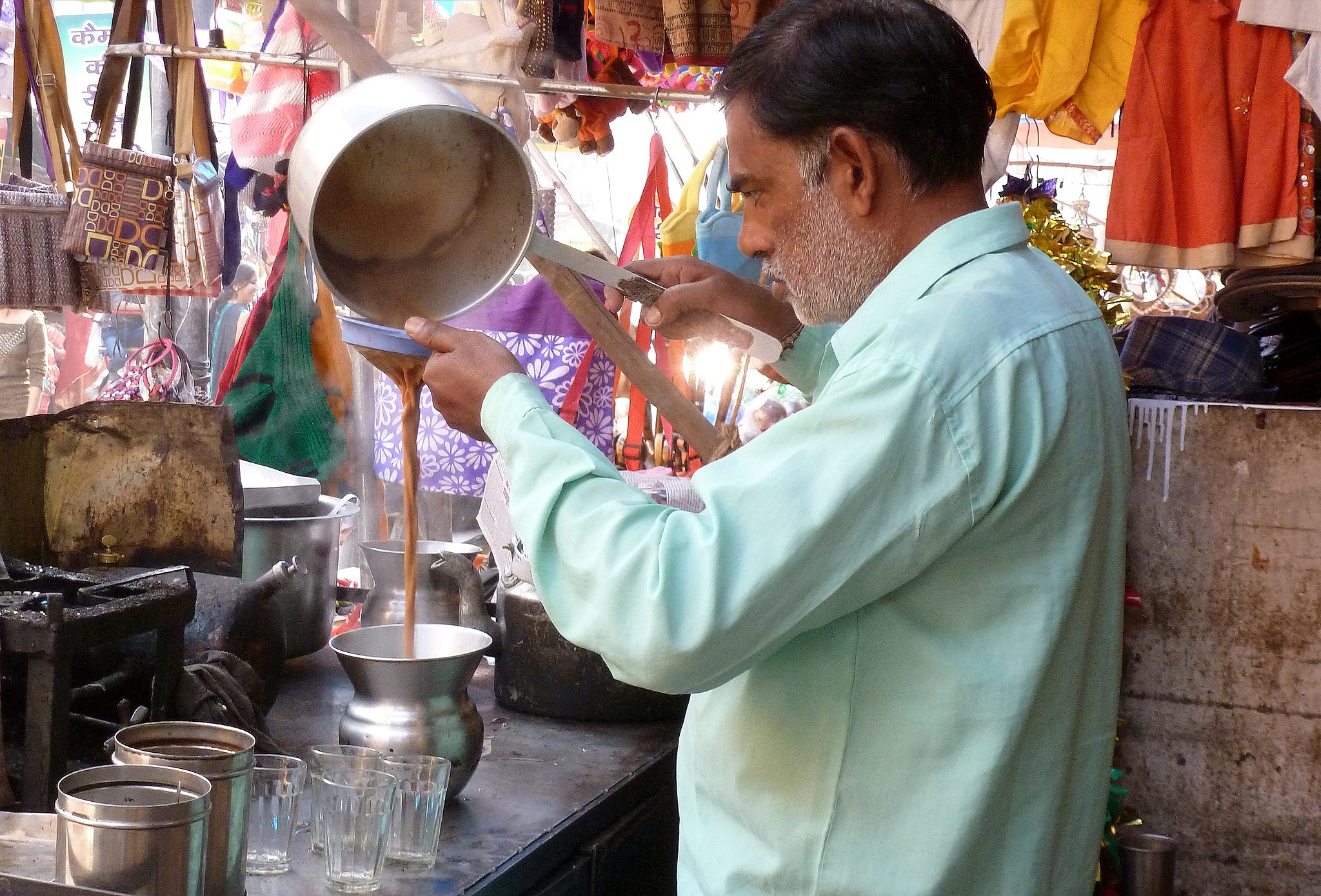
India
Yet another tea origin story starts in India in the sixth century, when prince Bodhidharma, who had converted to Buddhism, went to China to spread the word. Since he believed he needed to constantly stay awake for meditation and prayer, he started chewing leaves from the tea shrub.
Today, India has become one of the largest tea producers in the world, although over 70% is consumed within the country. Darjeeling and Assam, India’s most renowned teas, grow exclusively in India, and women form the majority of tea pluckers.
Chai tea, also known as masala chai, is also a huge part of India’s tea culture. The Hindi word chai was derived from the Chinese word for tea, cha. It is made by boiling black tea in milk and water with a mixture of aromatic herbs and spices.

Japan
Sometime during the Chinese Sung Dynasty (960-1279 AD), tea drinking became popular in Japan when it was reintroduced by a Zen Buddhist monk who had been studying in China.
First drunk by the religious class—including Japanese priests and envoys sent to China to learn about the culture—tea soon became popular among the general population. The leaves would be ground before pouring hot water over them, and this calming, zen process contributed to the birth of the Japanese tea ceremony.
Today, green teas—including Sencha, Gyokuro, and Matcha—are very popular.
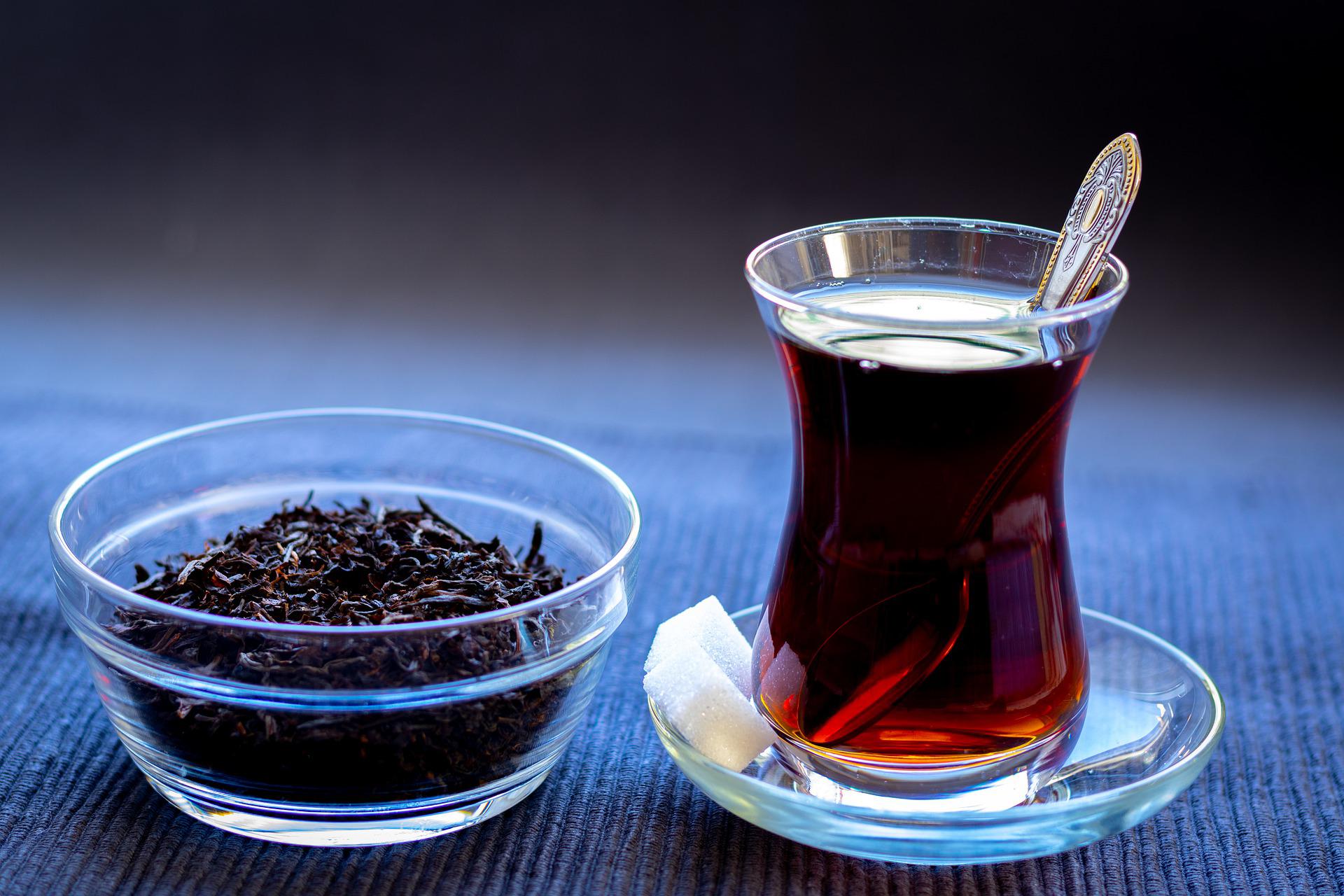
Turkey
Tea first arrived in Turkey during the 5th century and was brought by Silk Road traders who used it to barter for Chinese produce. By the end of the 6th century, drinking tea had become popular and was no longer considered simply a medicinal drink.
Since its introduction, tea has become a large part of Turkish culture; the country now has the highest per capita tea consumption in the world, with an annual total consumption of close to seven pounds per person.
Traditional Turkish tea—prepared using two stacked teapots—is black, but herbal teas such as rosehip and linden flower are also used.
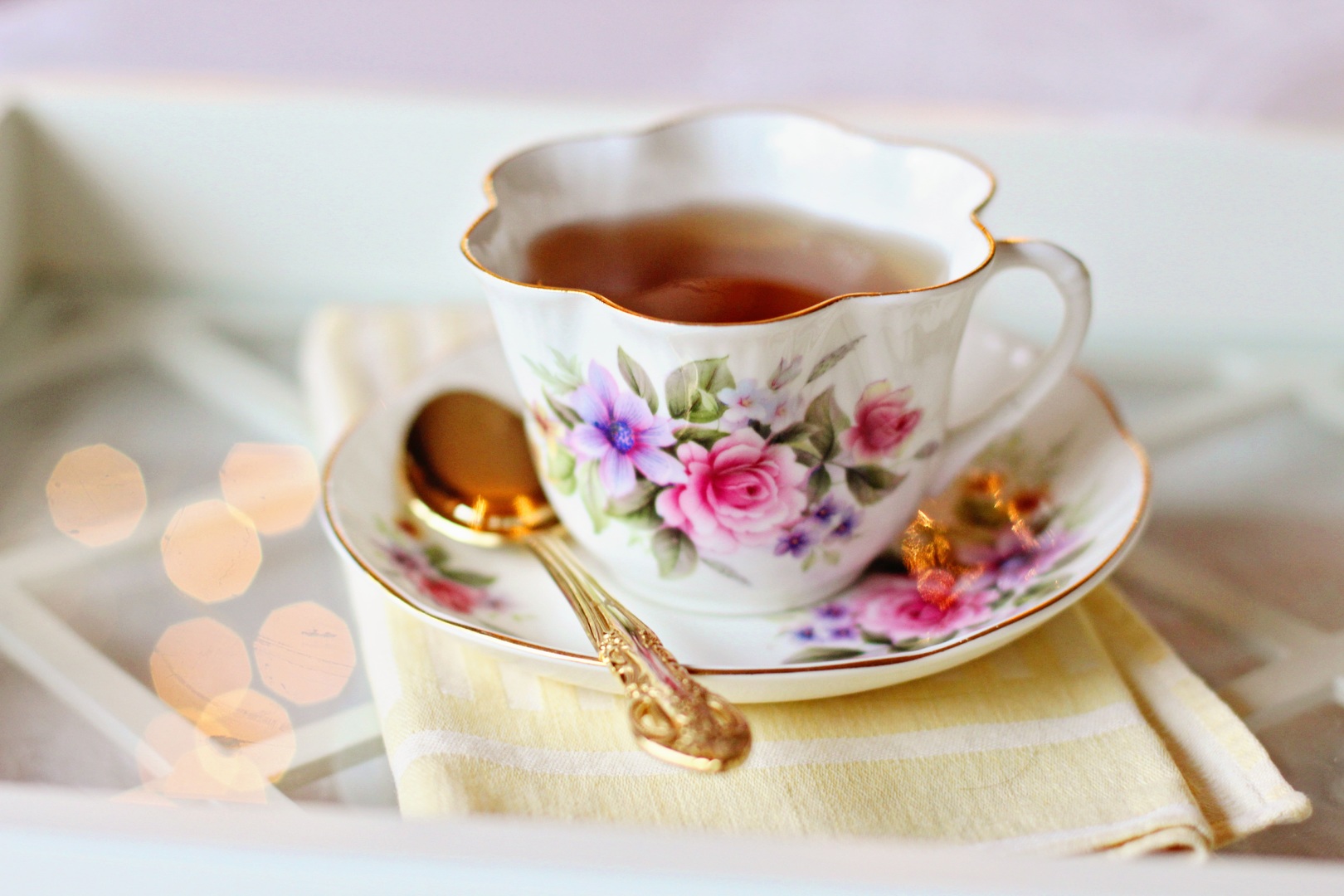
Great Britain
Now one of the most symbolic parts of British culture, tea wasn’t brought to England until the 17th century. After marrying Catherine of Braganza (Portugal), Charles II of England received her dowry, which included a chest of tea—the favorite drink of the Portuguese court at the time.
Catherine’s taste for tea created a sensation at the royal court, which then spread to aristocratic circles and onto the wealthier classes around 1662-63. In addition to popularizing tea drinking, the reign of Charles II also laid the foundations for the creation and growth of the British tea trade, including that of The East India Company, a crucial contributor to tea history.
In 1717, Thomas Twining opened the first tea shop for ladies, and slowly tea shops began to appear throughout England. Today, black tea is by far the most purchased and consumed type of tea in England, followed by Earl Grey, oolong, and herbal teas. These are usually consumed during afternoon tea, a signature of British culture that evolved as a mini meal composed of “finger†sandwiches, scones with clotted cream and jam, sweet pastries and cakes to stem the hunger of an evening.
In London and hankering for a proper cuppa? Find out some unique places where you can enjoy afternoon tea in our London Travel Guide.Â
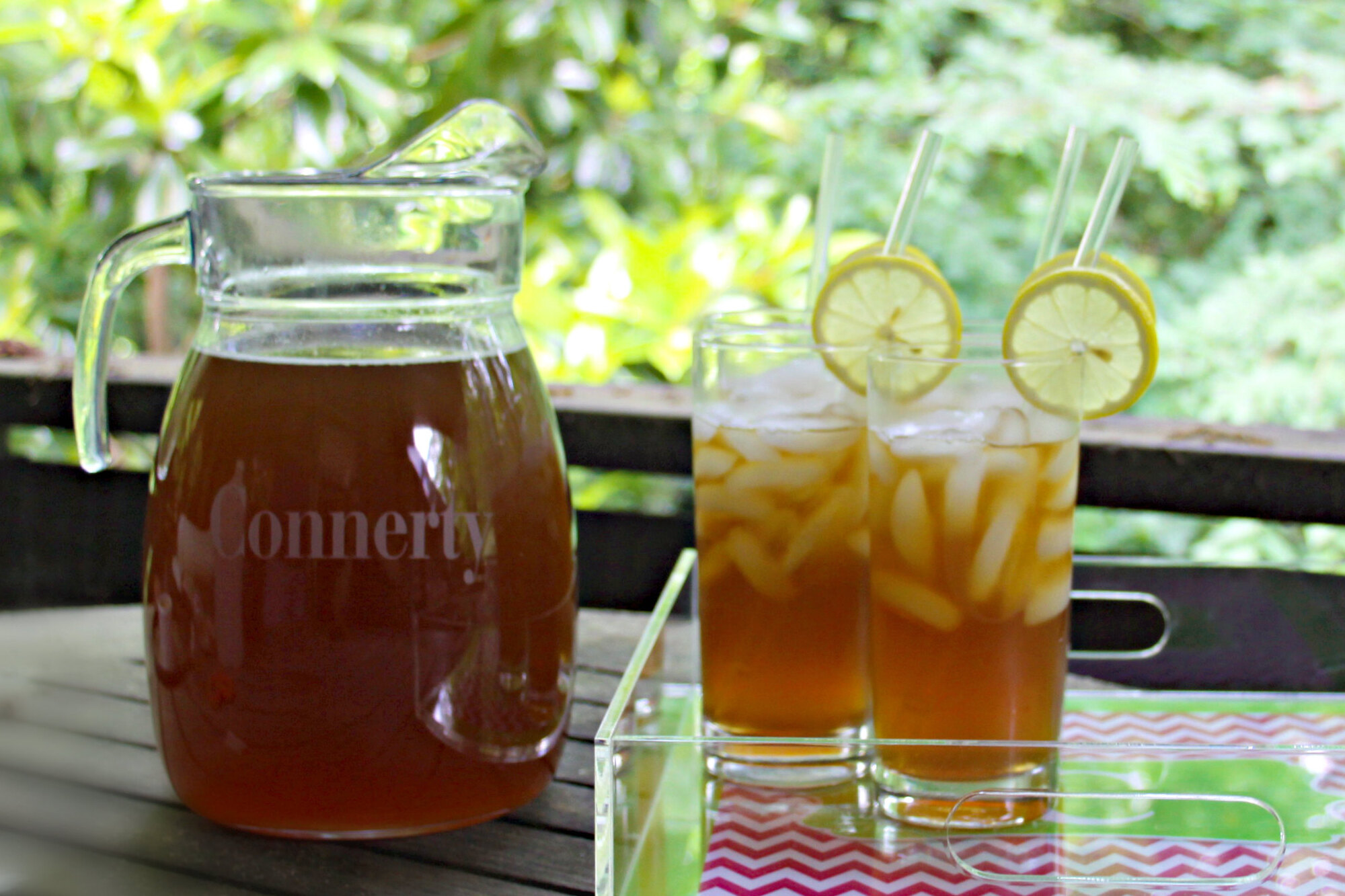
USA
During the 18th century, tea drinking was as popular in Britain’s American colonies as it was in Great Britain. But getting it there proved complicated: All tea imported into America had to be shipped from Britain, and all tea imported into Britain had to be shipped in by the East India Company.
However, when the company ran into financial problems, it asked the British government for permission to export tea directly to America. When they were successful and the Tea Act was passed in 1773, however, it levied a duty of three pennies on every pound of tea exported to America.
The colonies didn’t like that. Therefore, on December 16, 1773, the Boston Tea Party took place to protest against the tea duties. For three hours, 342 chests of tea were split open and thrown overboard. This act had a resounding effect—it sparked the American War of Independence, eventually leading to the United States of America becoming an independent nation.
The rebellion continues to this day, as about 85% of the tea consumed in the United States is served cold or iced, including iced tea, Arnold Palmers (iced tea and lemonade), and sweet tea in the southeastern US.
Sources: UK Tea & Infusions Association

